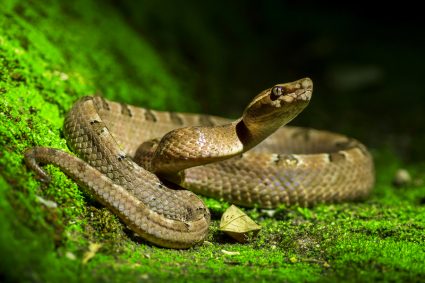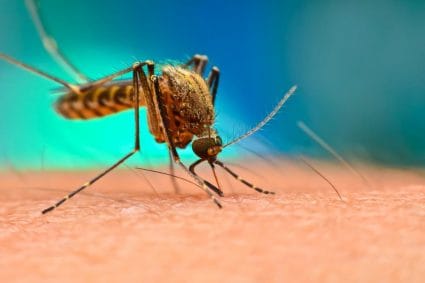
Winter can be a challenging time for many creatures, and bees are no exception. Just as bears hibernate and birds migrate to warmer climates, bees have their unique strategies for surviving the cold months. But unlike these animals, bees do not hibernate or migrate. Instead, they remain active, tucked away inside their hives. This article will take a deep dive into the fascinating world of bees in winter, highlighting their survival tactics, the role of the beekeeper, and much more.
During winter, bees do not migrate or hibernate. Instead, they retreat into their hive and form a tightly packed cluster to maintain warmth. They stay active, consuming stored honey to generate heat and survive the cold months. The queen bee is kept at the warmest part of the cluster and is well-fed by the worker bees. Beekeepers play a crucial role in ensuring the hive has enough honey and good ventilation, and in monitoring for diseases and pests.
Bees in Winter: The Winter Cluster
When temperatures drop, honey bees retreat to their hive and form a winter cluster. This cluster is a tightly packed ball of bees that huddles together to maintain warmth and protect the queen bee. The bees on the inside of the cluster generate heat by shivering their flight muscles, similar to how humans shiver when cold. This heat is then circulated throughout the cluster, maintaining a core temperature of around 90-100°F (32-37°C), even when the outside temperature is far lower.
The Role of Honey
Honey plays an essential role in the survival of bees during winter. Bees consume their stored honey and convert it into energy, which is used to generate heat. A healthy bee colony can consume up to 30 pounds of stored honey over the winter months. Therefore, ensuring that a hive has sufficient honey is crucial for a beekeeper preparing for winter.
Queen Bee and Winter Survival
The queen bee has a special role and receives particular care during the winter. She is kept at the center of the winter cluster, where it’s the warmest. The worker bees keep the queen warm and well-fed with honey. The queen stops laying eggs in late autumn and resumes in mid-to-late winter, getting ready for spring’s arrival.
Beekeepers and Winter
Beekeepers play a crucial role in helping their bees survive the winter. They need to ensure that the hive has enough honey stored for the winter. If not, they can supplement the bees’ diet with sugar syrup. Beekeepers also need to monitor for diseases and pests, such as the varroa mite, which can weaken the colony and make winter survival more difficult. Providing good ventilation in the hive is also essential to prevent condensation, which can lead to cold, damp conditions inside the hive.
Preparing for Winter
Bees start preparing for winter in late summer to early fall. They gather and store more nectar and pollen, increase the production of winter bees, and the queen lays fewer eggs. Worker bees also ‘winterize’ the hive by sealing cracks and crevices with propolis, a resinous substance collected from tree buds, to insulate the hive and keep out drafts.
Conclusion
In conclusion, bees have developed an impressive strategy to survive the winter months. They work together to maintain a warm temperature in the hive and rely on their honey stores for energy. Beekeepers also have a role to play in helping their bees survive the winter by monitoring their honey stores, checking for disease and pests, and ensuring good ventilation in the hive. By understanding these processes, we can better appreciate these incredible creatures and the vital role they play in our ecosystem.
For more information on bees and beekeeping, visit our website. We have a wealth of resources to help you understand and care for these essential pollinators.
Frequently Asked Questions
What happens if a bee colony does not have enough honey to survive the winter?
If a bee colony does not have enough honey to survive the winter, it can lead to starvation and ultimately, the colony’s death. Beekeepers can help prevent this by supplementing the bees’ diet with sugar syrup during the winter months.
What is the purpose of the queen bee in the colony?
The queen bee plays a crucial role in the bee colony. She is the only bee that can lay eggs, and therefore, is responsible for the production of the entire hive’s population. During the winter, she stops laying eggs and resumes in mid-to-late winter, preparing for the arrival of spring.
How does the bee colony ‘winterize’ the hive?
Bees ‘winterize’ their hive by sealing cracks and crevices with propolis, a resinous substance they collect from tree buds. This helps to insulate the hive, keep out drafts, and maintain a warm temperature inside the hive during the cold winter months.
How do beekeepers monitor for diseases and pests in the hive?
Beekeepers monitor for diseases and pests by regularly inspecting the hive. They look for signs of disease, such as unusual bee behavior or a decrease in hive activity. They also check for pests like the varroa mite, which can significantly weaken the colony. If any disease or pests are detected, beekeepers can take appropriate action to treat the issue.
What is the role of honey in a bee’s diet during the winter?
Honey is the main source of energy for bees during the winter. They consume their stored honey and convert it into energy, which is used to generate heat and maintain a warm temperature inside the hive. A healthy bee colony can consume up to 30 pounds of stored honey over the winter months.












